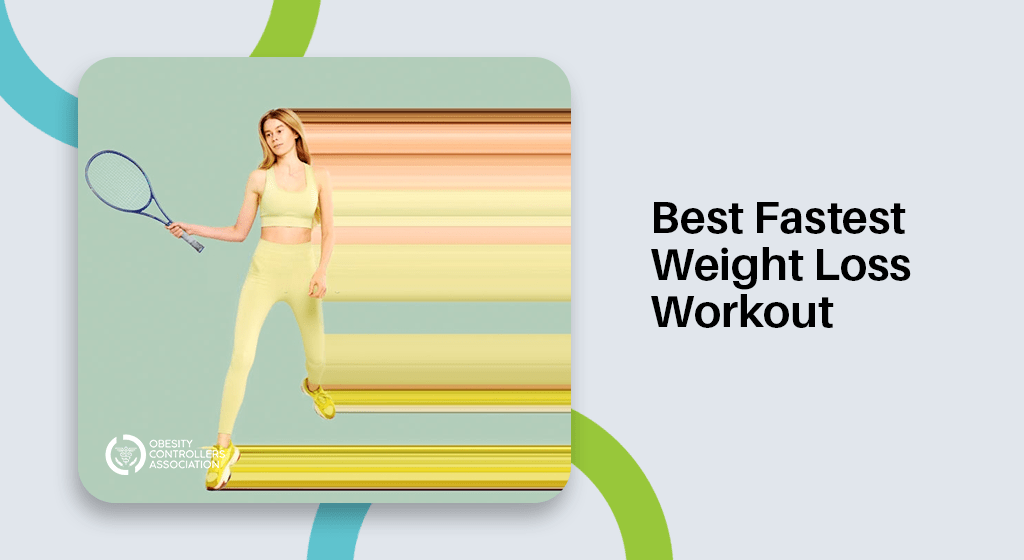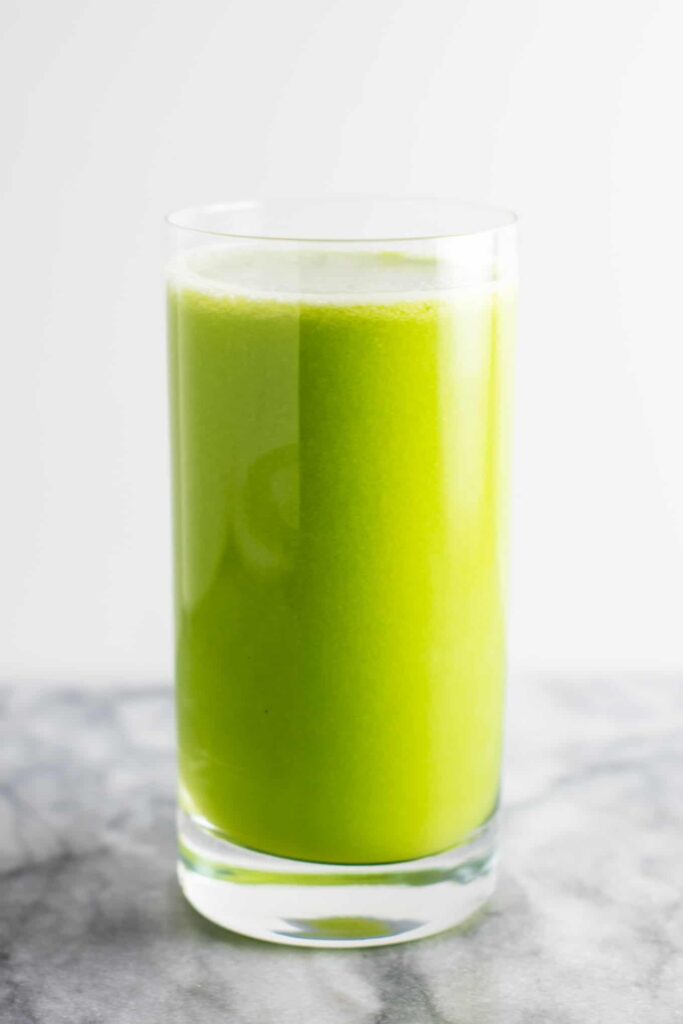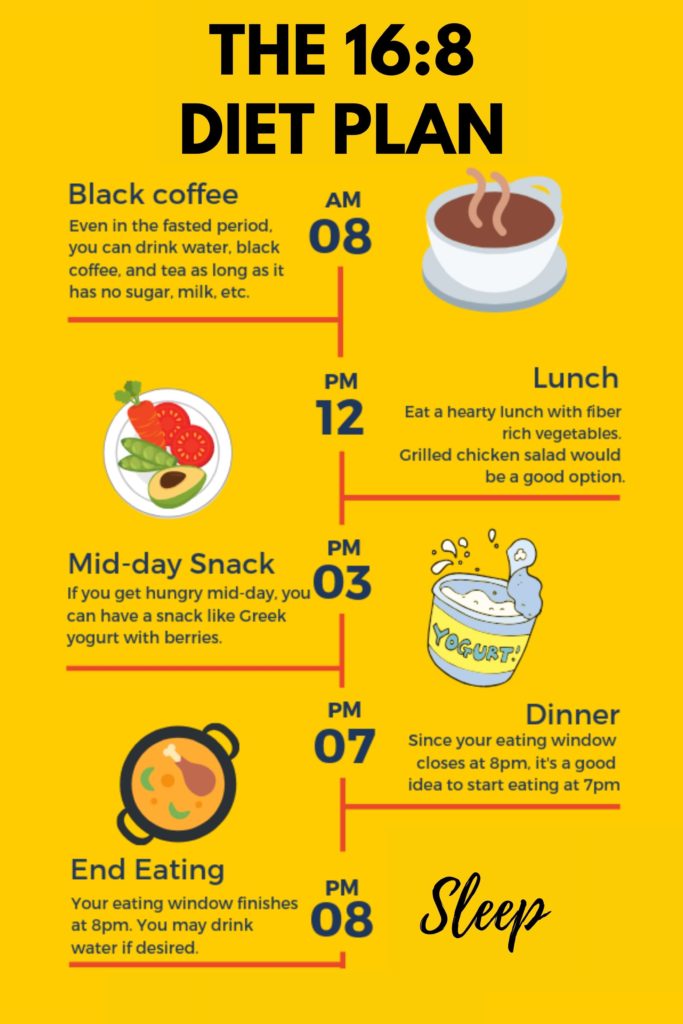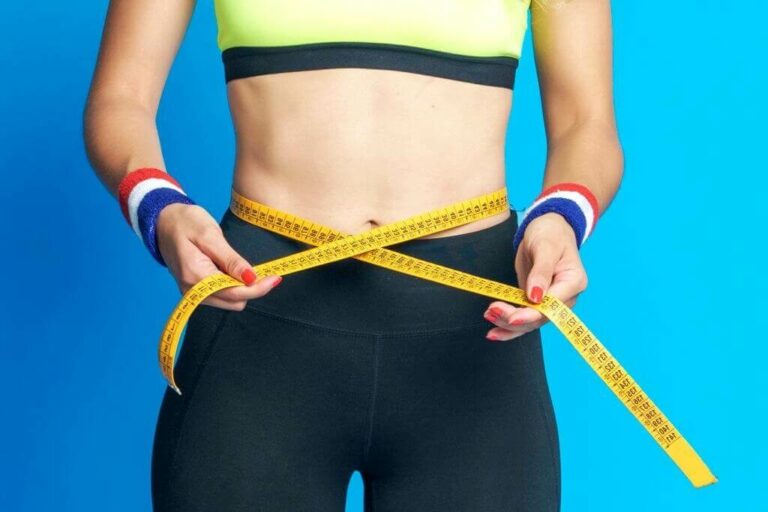Best And Fastest Weight Loss Workout: Which Is The Best Exercise To Burn Belly Fat?

When you’re working hard to get in shape and reduce weight, you want a program that produces the best results- The Best fastest weight loss workout. You don’t even need to join a gym; studies suggest that brief bursts of activity are more beneficial for fat reduction. But the problem arises when it comes to determining which type of activity burns the most calories.
Best Fastest Weight Loss Workout
Cardio, of course, will burn calories. According to a 2012 research published in the Journal of Strength and Conditioning Research, running on a treadmill burns 25-39 percent more calories than practicing kettlebell swings at the same degree of intensity. However, a regimen that includes cardio and strength training is your best option for weight loss.

Interval training consists of alternating between brief bursts of high effort and intervals of reduced intensity or rest. During your workout, the intensity resets your metabolism to a greater pace, so it takes hours for your body to calm down. This is referred to as EPOC (excess post-exercise oxygen consumption). This implies that you burn calories long after you stop your workout, as opposed to completing a workout at a constant moderate pace.
So, if you want to incorporate interval training into your workout regimen to boost your metabolism, these are the greatest exercises for quick weight reduction.
fastest weight loss workout
Walking
Walking is one of the finest and natural activities for weight loss for a reason.
It’s a practical and simple method for novices to begin exercising without feeling overwhelmed or having to buy equipment. It’s also a low-impact workout, which means it’s gentle on your joints.
According to Harvard Health, a 155-pound (70-kg) individual burns around 167 calories every 30 minutes of moderate walking at a speed of 4 mph (6.4 km/h). Walking for 50–70 minutes three times per week decreased body fat and waist circumference by an average of 1.5 percent and 1.1 inches (2.8 cm), respectively, in a 12-week trial of 20 obese women (6Trusted Source).

Diet plan for detoxification
The term “detoxing” has become popular in the diet and health industries. Many people connect detoxing with green juices, kale smoothies, and a lack of “real” food, but this does not have to be the case.
The body normally detoxifies itself through processes in the liver and kidneys, but including additional macronutrients, vitamins, and minerals in your diet will speed up the process. Greater fruits and vegetables have also been connected to improved skin, hair development, and more energy on a daily basis – as well as weight loss.
Foods strong in protein, B vitamins, vitamin E and C, magnesium, selenium, and zinc are some of the finest to consume on a detox. Potatoes, wholemeal bread, yogurt, eggs, green and fibrous vegetables, lentils, and chickpeas are examples of inexpensive, accessible, and varied meals. Because all of these items are low in calories, you’ll be able to maintain your calorie deficit while being satisfied. Because the items are fewer in calories, you can eat more of them without surpassing your daily calorie limit.

Running or jogging
Jogging and running are excellent weight-loss workouts.
Although they appear to be the same, the main distinction is that a jogging speed is often between 4–6 mph (6.4–9.7 km/h), and a running pace is greater than 6 mph (9.7 km/h). A 155-pound (70-kg) individual burns roughly 298 calories per 30 minutes of jogging at a 5-mph (8-km/h) speed, or 372 calories per 30 minutes of running at a 6-mph (9.7-km/h) pace, according to Harvard Health.
Furthermore, research has shown that jogging and running can help burn dangerous visceral fat, sometimes known as belly fat. This sort of fat surrounds your internal organs and has been related to a variety of chronic illnesses such as heart disease and diabetes. Running and jogging are both excellent workouts that can be done anywhere and are simple to integrate into your weekly regimen.
Begin by jogging for 20–30 minutes three-four times a week. If jogging or running outside hurts your joints, consider running on softer terrain like grass. In addition, many treadmills include built-in cushioning, which may be gentler on your joints.

Cycling
Cycling is a popular workout that increases fitness and can aid in weight loss. Although cycling is often done outside, many gyms and fitness facilities feature stationary bikes that allow you to ride while remaining indoors. A 155-pound (70-kg) individual burns around 260 calories per 30 minutes of riding on a stationary bike at a moderate pace, or 298 calories per 30 minutes of cycling at a moderate pace of 12–13.9 mph (19–22.4 km/h) on a bicycle. Cycling is not only good for weight reduction, but it has also been shown in studies that those who bike frequently have higher general fitness, increased insulin sensitivity, and a decreased risk of heart disease, cancer, and mortality. Cycling is beneficial to people of all fitness levels, from novices to elite athletes. It’s also a non-weight-bearing, low-impact workout, so it won’t put too much strain on your joints.

Interval training
Interval training, often known as high-intensity interval training (HIIT), is a wide phrase that refers to brief bursts of intensive activity followed by rest intervals. A HIIT workout typically lasts 10–30 minutes and may burn a significant number of calories. One research of 9 active males discovered that HIIT burnt 25–30% more calories per minute than other forms of workouts such as weight training, cycling, and treadmill jogging. That is, HIIT can help you burn more calories while exercising in less time.
Furthermore, several studies have shown that HIIT is particularly efficient in burning belly fat, which has been related to a variety of chronic illnesses. HIIT is simple to integrate into your workout regimen. All you have to do is select a form of activity, such as running, jumping, or biking, as well as your workout and rest durations. For example, on a bike, pedal as hard as you can for 30 seconds, then slowly for 1–2 minutes. This sequence should be repeated for 10–30 minutes.

The 16:8 diet plan
The 16:8 diet plan, which employs similar theories of calorie restriction to develop a diet that works to aid weight reduction rapidly, is comparable to the 5:2 diet plan but on a different time scale.
The 16:8 eating plan is based on the book The 8 Hour Diet by author David Zinczenko and Men’s Health editor-in-chief Peter Moore. They argue that a longer period of fasting between meals allows the body to digest the food and burn off any excess fat. This kind of intermittent fasting, also known as the 8 Hour Diet, divides the day into two parts: a 16-hour phase and an 8-hour period.
While the 16-hour period may appear to belong, it is really extended over your usual sleeping time, so you are only fasting for around eight hours. A 2014 study of 16:8 fasting found that it is a viable alternative to established ways of achieving a calorie deficit. It also lowers the risk of type 2 diabetes and promotes weight loss in those who are overweight or obese. Another study from 2018 revealed that the same 8-hour eating window might also assist to decrease blood pressure in obese people.

How much weight can you realistically expect to lose?
Aside from dieting, one of the most frequent techniques used by individuals attempting to lose weight is exercise. It burns calories, which is important for weight loss. Exercise has been linked to a variety of additional advantages, including increased mood, stronger bones, and a lower risk of numerous chronic diseases, in addition to weight loss.

It’s known that all types of exercise raise your heart rate, allowing you to burn calories. Some activities may help you lose weight 2 to 3kg faster than others, and you may need to alter your exercise regimen as you go.
Verdict
Talking about the Best Fastest Weight Loss Workout., To lose weight rapidly, you must engage in a full diet-oriented exercise regimen that includes a combination of what you consume and burn via activity. So, although exercise is important, so is reducing calories through nutrition and regulating your macronutrient ratios. Remember that protein is needed to help repair muscles after exercise, especially strength training.
Learning how to calculate your macros can be easier to manage than counting calories, and some argue that it is more effective. The trick is determining which ratios you require according to your objectives, which an expert or a macros calculator can assist you with.





